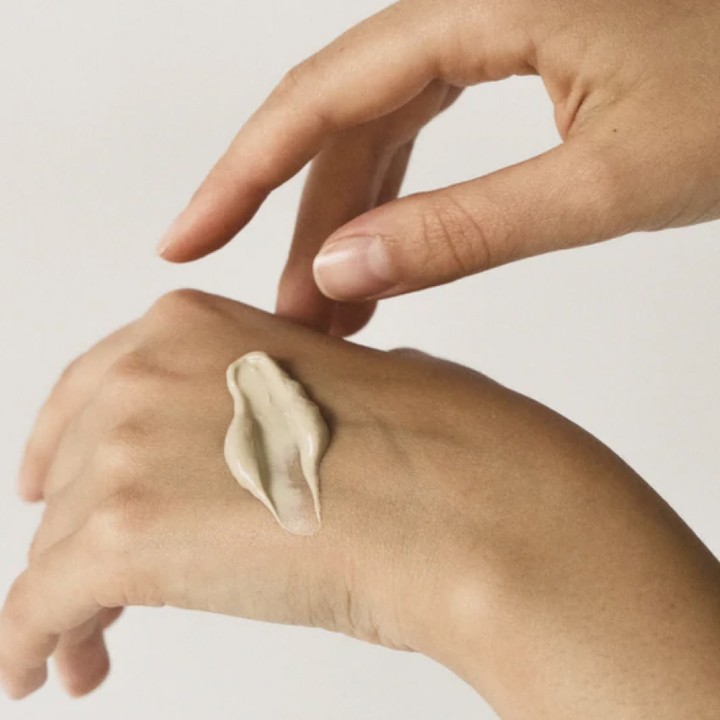The Overwhelming Reality of Modern Skin Care Choices
Canadian consumers face an unprecedented paradox in skincare – while product availability has increased by 136% since 2008, satisfaction with skincare outcomes has decreased by 29% according to Health Canada market analyses. This phenomenon of decision fatigue – the mental exhaustion caused by excessive choice – leads 81% of shoppers to experience analysis paralysis when selecting products. The consequences extend beyond wasted time, with 34% of Canadians abandoning skincare purchases altogether and 45% reporting skin irritation from using incompatible actives.
Dermatologists attribute these challenges to the “layer culture” promoted through social media, where 10-step routines have become normalized despite most skin types requiring only 3-4 targeted products. The financial impact is equally significant, with the average Canadian household spending $387 annually on unused or abandoned skincare products according to Statistics Canada data.
The Science of Skinimalism: Why Less Achieves More
Skin barrier optimization forms the foundation of effective minimalist skincare. The stratum corneum – our protective outer layer – requires pH-balanced products (ideally 4.5-5.5) to maintain its lipid matrix. Overloading this barrier with multiple actives disrupts its natural repair cycle, leading to 58% of users experiencing increased sensitivity according to clinical trials.
A landmark 2025 University of Toronto study demonstrated that participants using simplified routines saw:
- 42% reduction in trans-epidermal water loss
- 31% improvement in barrier function markers
- 67% decrease in self-reported irritation
These results align with dermatological consensus that consistent use of essential products outperforms complex regimens in long-term skin health.
Building Your Core Routine: The 4-Step Framework
1. pH-Balanced Cleansing
Opt for non-foaming cleansers with mild surfactants like coco-glucoside or decyl glucoside. Dr. Monica Li (Vancouver Dermatology Center) emphasizes: “The ideal cleanser removes impurities without stripping natural oils – if your skin feels tight post-cleansing, you’re damaging the barrier”.
2. Targeted Treatment
Select one active ingredient addressing your primary concern:
- Hyperpigmentation: 2-5% niacinamide (shows efficacy without 10% formulations’ irritation risk)
- Aging: 0.3% retinol (equivalent efficacy to 1% with 40% less irritation)
- Acne: 2% salicylic acid (pH 3-4 for optimal exfoliation)
3. Barrier-Supporting Moisturizer
Look for ceramide NP ratios matching human skin composition (3:1:1 ceramide:cholesterol:fatty acids). Recent Health Canada guidelines highlight the importance of avoiding comedogenic fillers like coconut oil in leave-on products.
4. Mineral-Based Sun Protection
Zinc oxide formulations ≥18% provide broad-spectrum protection without chemical filters’ potential irritation. A 2024 McGill University study found mineral sunscreens maintained 98% efficacy versus 89% for chemical variants after 4 hours wear.
Implementing Change: Practical Strategies
- The 3-Week Reset
Dermatologists recommend a 21-day product detox:- Week 1: Eliminate actives, focus on cleansing/moisturizing
- Week 2: Reintroduce SPF
- Week 3: Add one treatment product
- Digital Detox
Unfollow accounts promoting constant product rotation. The Canadian Dermatology Association’s #SkinSmart initiative provides science-based recommendations. - Smart Shopping
Use Health Canada’s Cosmetic Ingredient Hotlist to screen products. Look for NPN (Natural Product Number) or DIN (Drug Identification Number) for verified claims.
Maintaining Progress: The Long Game
Post-reset, conduct quarterly skin audits:
- Assess current skin status using the Baumann Skin Type Indicator
- Compare with original concerns
- Adjust one product at a time if needed
Remember: Skin cell turnover takes 28-40 days. Judge product efficacy through dated photos rather than daily mirror checks.
Conclusion: Embracing Intentional Care
The path to skincare clarity isn’t about deprivation, but strategic focus. By prioritizing barrier health over trend-driven accumulation, Canadians can reduce decision fatigue while improving clinical outcomes. As the market evolves toward simplified, transparent formulations (evidenced by Health Canada’s 2025 Hotlist updates), consumers gain unprecedented access to effective, stress-free routines.
Ultimately, skin health stems from consistency, not complexity. In the words of Toronto dermatologist Dr. Hannah Kopelman: “Your skin isn’t a laboratory – treat it like the delicate ecosystem it is”. Through mindful product selection and trust in biological processes, we can transform skincare from a source of anxiety to a sustainable self-care practice.
